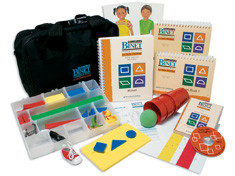- One kit covers the full age range of 2 years to 85+ (no 2nd or 3rd kits required)
- One half of the test has nonverbal content that requires no (or minimal) verbal responses from the examinee
- Pairs of SB-5 subtests measure five cognitive factors—Fluid Reasoning, Knowledge, Quantitative, Visual-Spatial, and Working Memory—more than other competing IQ measures.
- The 5 subtests in the Nonverbal section are useful in assessing individuals with Limited English Proficiency, deaf and hard of hearing conditions, nonverbal learning disabilities, ADHD, traumatic brain injury, and autistics spectrum disorders
- SB-5 is one of the major instruments in assessment of intellectual giftedness and extensive high-end items are included to ensure measurement of high levels of gifted performance
- SB-5 also measures low levels of intellectual functioning because it includes many toys and improved low-end items for better measurement in the low functioning range
- Valid measurement of abilities into the elderly years is provided by enhanced assessment of memory
- Modernized artwork and item content were included
- Child-friendly manipulatives make the SB5 a popular choice for preschool testing
- The SB-5 is easy for examiners to learn and administer
- Item Book 1 has the Matrices and Vocabulary subtests used as the initial assessment or Abbreviated Battery IQ
- Item Book 2 has the nonverbal subtests, arranged according to levels of difficulty, from Level 1 to 6—used to adapt the test to the examinee’s ability (based on the initial Matrices subtest of Item Book 1). These levels are clearly marked with a colored border on the bottom of the pages. Levels allow the test to be tailored to the examinee’s ability, saving time and making the assessment accurate and reliable.
- Item Book 2 has the verbal subtests, again arranged in levels of difficulty. The examinee begins at the level suggested by the Vocabulary subtest in Item Book 1.
-
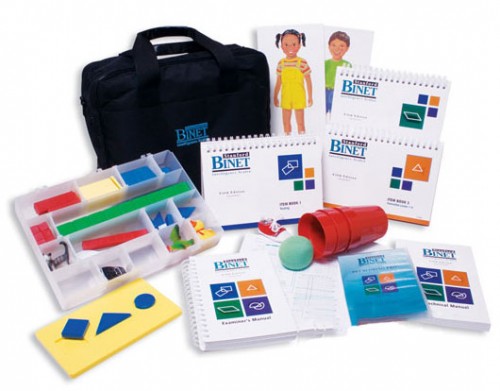
Stanford-Binet Intelligence Scales (SB-5)
SB-5 Complete Kit
(includes Carrying Case)
Fifth Edition
$1,353.00 -
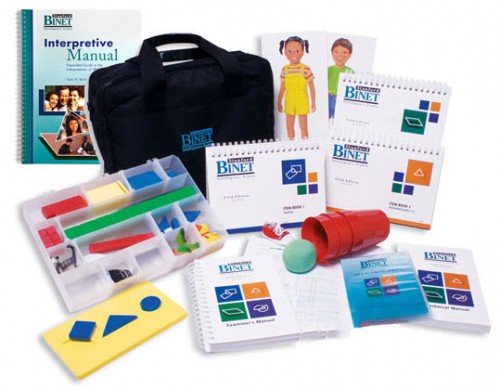
Stanford-Binet Intelligence Scales (SB-5)
SB-5 Complete Kit with Interpretive Manual
Fifth Edition
$1,459.40 -
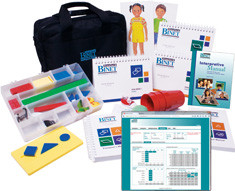
Stanford-Binet Intelligence Scales (SB-5)
SB-5 Complete Kit COMBO
with Interpretive Manual and Online Scoring and Report System
Fifth Edition
$1,657.80 -
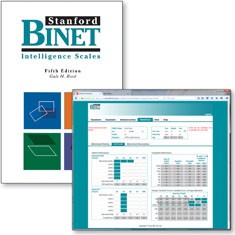
Stanford-Binet Intelligence Scales (SB-5)
SB-5 Complete Kit & Online Scoring and Report System
$1,526.60 -
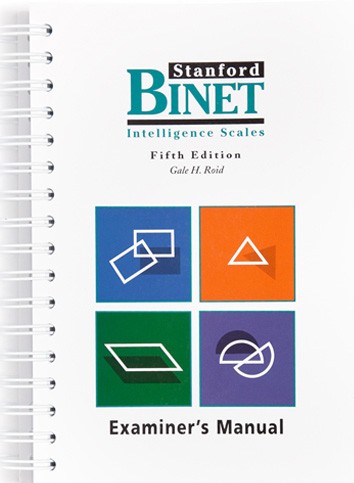
Stanford-Binet Intelligence Scales (SB-5)
SB-5 Examiner's Manual
$179.00 -
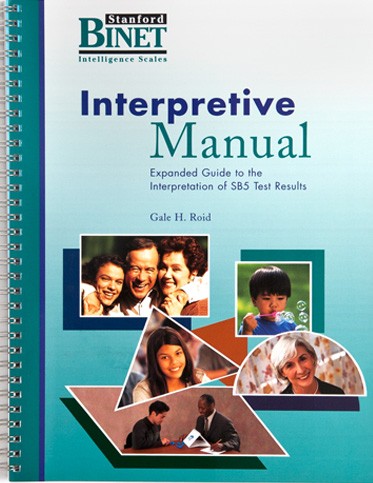
Stanford-Binet Intelligence Scales (SB-5)
SB-5 Interpretive Manual
$152.00 -
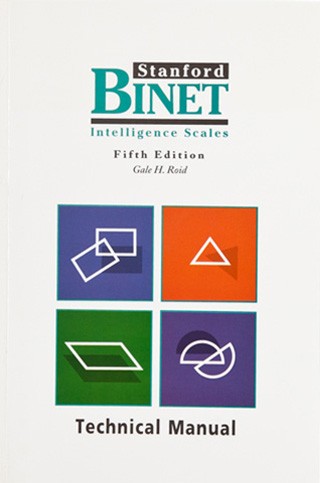
Stanford-Binet Intelligence Scales (SB-5)
SB-5 Technical Manual
$179.00 -
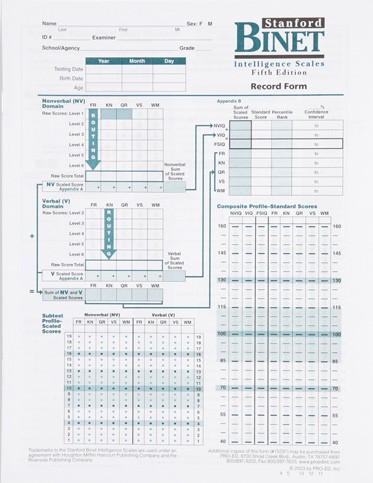
Stanford-Binet Intelligence Scales (SB-5)
SB-5 Record Forms (25)
$118.00 -
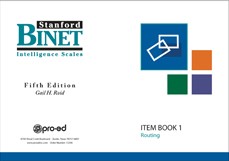
Stanford-Binet Intelligence Scales (SB-5)
SB-5 Item Book 1
Routing
$257.00 -
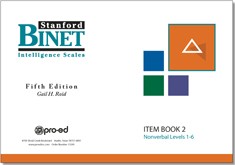
Stanford-Binet Intelligence Scales (SB-5)
SB-5 Item Book 2
Nonverbal Levels 1 - 6
$257.00 -
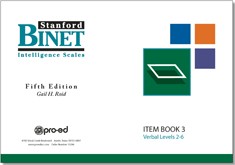
Stanford-Binet Intelligence Scales (SB-5)
SB-5 Item Book 3
Verbal Levels 2 - 6
$257.00 -

Stanford-Binet Intelligence Scales (SB-5)
SB-5 Manipulatives Kit
$367.20 -
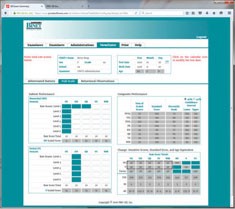
Stanford-Binet Intelligence Scales (SB-5)
SB-5 Online Scoring and Report System (5-User Renewal)
Annual 5-User License Renewal
$87.00 -

Stanford-Binet Intelligence Scales (SB-5)
SB-5 Online Scoring and Report System (5-User Add-on)
Additional 5-User License
$87.00 -

Stanford-Binet Intelligence Scales (SB-5)
SB-5 Online Scoring and Report System
1 Year Base Subscription (with 5-User License)
$248.00
- Copyright 2003

 Proud to be Canadian
Proud to be Canadian